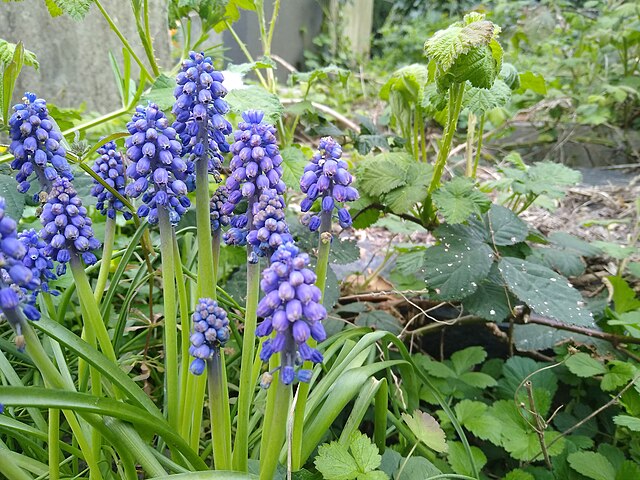Abney Park is in Stoke Newington, London, England. It is a 13-hectare (32-acre) park dating from just before 1700, named after Lady Abney, the wife of Sir Thomas Abney, Lord Mayor of London in 1700 and one of the first directors of the Bank of England and associated with Isaac Watts, who laid out an arboretum. In the early 18th century it was accessed via the frontages and gardens of two large mansions: her own manor house and Fleetwood House. Both fronted onto Church Street in what was then a quiet mainly Nonconformist (non-Anglican) village. In 1840, the grounds were turned into Abney Park Cemetery, where 200,000 people were buried. Since 1978, the grounds have served as a cemetery open only to burials in a few remaining paid-up plots; an enclosed woodland park and events venue open to the public managed by the London Borough of Hackney, and since 1993, as a Local Nature Reserve, too.
Abney Park in 2021
Image: Abney Park 7
Isaac Watts was an English Congregational minister, hymn writer, theologian, and logician. He was a prolific and popular hymn writer and is credited with some 750 hymns. His works include "When I Survey the Wondrous Cross", "Joy to the World", and "Our God, Our Help in Ages Past". He is recognised as the "Godfather of English Hymnody"; many of his hymns remain in use today and have been translated into numerous languages.
Portrait by an unknown artist
Statue of Watts, Abney Park Cemetery
Isaac Watts
Watts' tomb in Bunhill Fields






